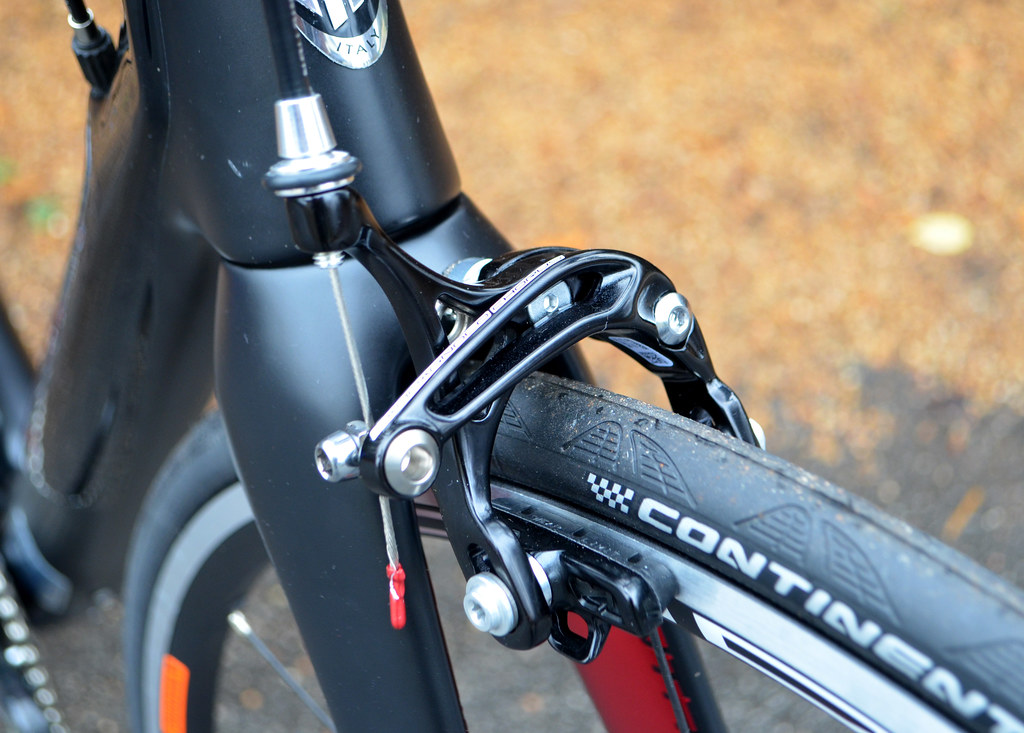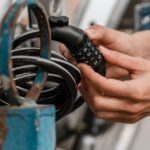Have you ever experienced the frustration of having your bike brakes fail, squeak, pull, or rub when you need them the most? It’s more frustrating if you don’t know how to loosen bike brakes.
Bike brakes are one of the most important components of your bike, but they also require regular maintenance and adjustment to function properly.
In this blog post, we will show you how to loosen bike brakes in a few simple steps. You will learn how to check the brake levers, adjust the barrel adjuster, adjust the caliper, and test the brakes for optimal performance.
By following these steps, you will be able to enjoy a smooth and safe ride every time. So, let’s get started and learn how to loosen brakes on bike!
Types of Bike Brakes
There are two main types of bike brakes: disc brakes and rim brakes.
Disc Brakes
These use a metal disc attached to the wheel hub and a brake caliper that squeezes the disc to slow down the wheel. Disc brakes offer better braking performance, especially in wet or muddy conditions, but they also require more maintenance and adjustment.
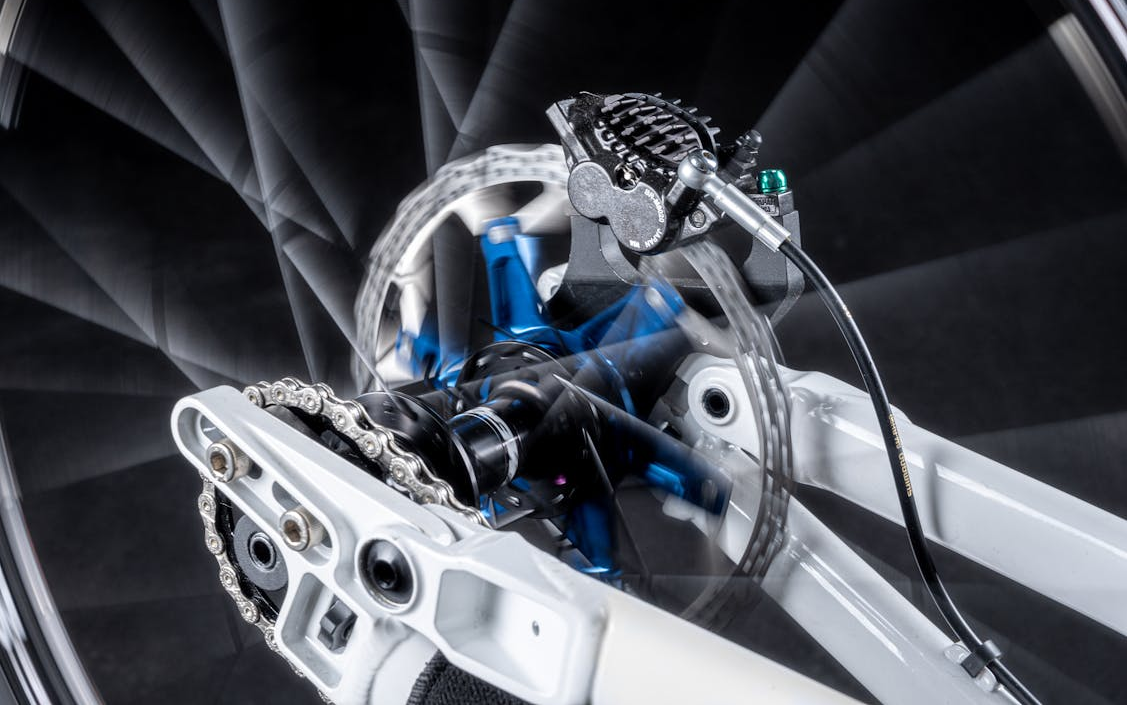
Disc Brakes
These use a pair of brake pads that press against the rim of the wheel to create friction and stop the wheel. Rim brakes are cheaper, lighter, and easier to install, but they also wear out faster and lose effectiveness in wet or dirty conditions.
Both types of brakes need to be adjusted regularly to ensure optimal braking power and avoid damage to the components.
Tools & Materials Required
Before you start loosening your bike brakes, you will need some tools and materials to do the job.
Here is a list of what you will need and why:
- Allen key to loosen and tighten the bolts that hold the brake caliper and the brake pads.
- Screwdriver to adjust the barrel adjuster and the cable tension.
- Pair of pliers to cut and crimp the brake cable if needed.
- WD-40 to clean and lubricate the brake components and prevent rust and corrosion.
- Cloth to wipe off any excess lubricant or dirt from the brake parts.
- Bike stand so that you can spin the wheels and test the brakes.

With these tools and materials, you are ready to loosen your bike brakes and improve your braking performance.
Preparing for Bike Brake Adjustment
Before you start adjusting your bike brakes, you need to take some safety precautions and identify the type of brakes on your bike.
- Wear protective gear, such as gloves and goggles, to avoid getting injured by sharp or hot brake parts.
- Ensure that your bike is stable and secure, either by using a bike stand or by propping it up against a wall or a sturdy object.
- Identify the type of brakes on your bike, whether disc or rim, as they have different components and adjustment methods.

You can tell the difference by looking at the wheel hub and the brake caliper. Disc brakes have a metal disc attached to the hub and a caliper that squeezes the disc, while rim brakes have a pair of brake pads that press against the rim.
By following these steps, you will be ready to adjust your bike brakes.
How to Loosen Bike Brakes?
Follow these 4 simple steps to learn how to loosen bike brake:
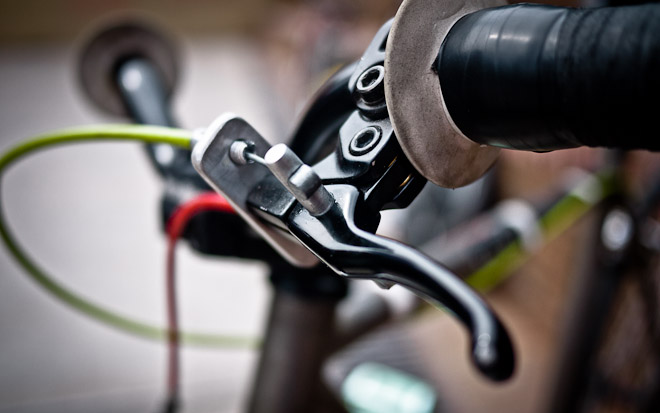
1. Check the Brake Levers
One of the first things you need to do when adjusting your bike brakes is to check the brake levers. The brake levers are the parts that you squeeze to apply the brakes. To check if they are too tight, you need to measure the distance between the brake levers and the handlebars when you squeeze them.

The ideal distance is about 3-4 cm. If the distance is less than that, it means that the brake levers are too tight and you need to loosen them. To loosen the brake levers, you have two options: you can either loosen the barrel adjuster, which is a small knob at the end of the brake cable, or you can loosen the caliper, which is the part that holds the brake pads.
By loosening the brake levers, you will reduce the tension on the brake cable and make the brakes more responsive.
2. Adjust the Barrel Adjuster
A barrel adjuster is a small component that allows you to fine-tune the tension of your brake cable. It is usually located on the brake lever, where the cable enters the housing. To loosen the barrel adjuster, you need to turn it in the direction that the cable is coming from.

For example, if the cable is coming from the left, you must turn the barrel adjuster clockwise. If the cable is coming from the right, you need to turn it counterclockwise. Loosening the barrel adjuster will decrease the tension in the brake cable, which means that you will have to pull the brake lever harder to apply the brakes.
This can be useful if your brakes are too tight or squeaky, or if you want to have more modulation and control over your braking power.
3. Adjust the Caliper
A caliper is a part of the brake system that applies pressure to the brake pads, which in turn slows down the wheel. Depending on the type of brakes, the caliper can be either a horseshoe-shaped device over the tire for v brakes, or a claw-looking device at the disk for mechanical disk brakes.
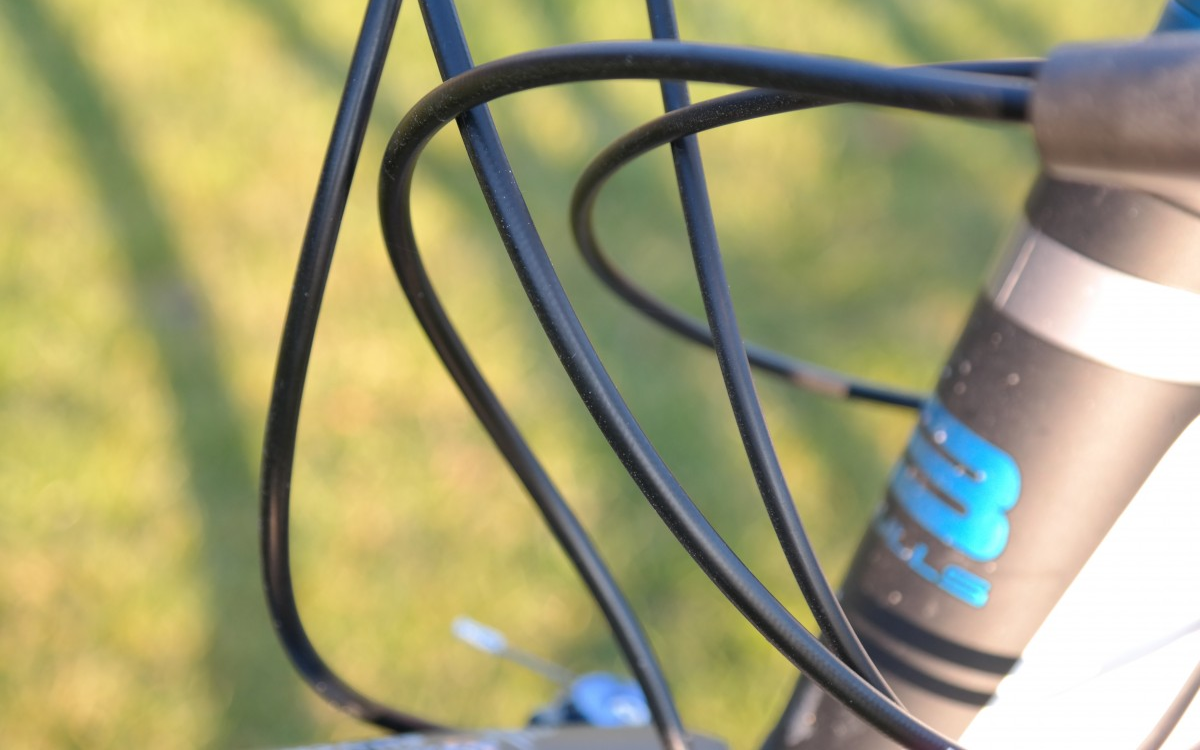
So, how to loosen the brakes on a bike? To adjust the caliper, you need to loosen the bolt on the caliper with an Allen wrench and pull or release the brake cable through the caliper to change the tension.
Then, you need to re-tighten the bolt on the caliper and check the alignment of the brake pads on the rim or the disk. The brake pads should be evenly spaced and not rub against the wheel when not braking.
4. Test the Brakes
Testing the brakes is an important step to ensure your bike’s safety and performance. To test the brakes, you need to spin the wheels and squeeze the brake levers. The brakes should stop the wheels smoothly and quietly, without any rubbing or squeaking sounds.
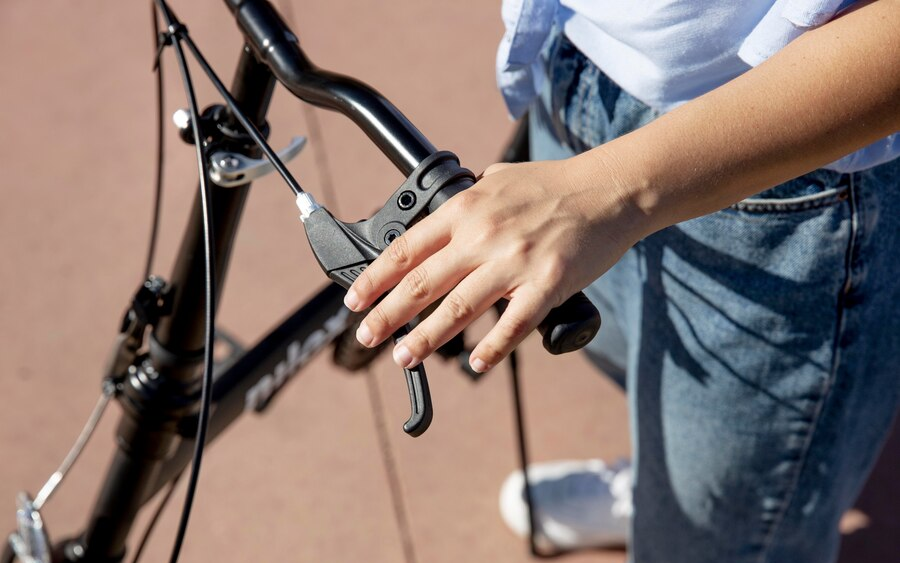
If the brakes are working properly, you can release the levers and the wheels should spin freely again. If the brakes are too tight, you may need to adjust the barrel adjuster or the caliper, as explained in the previous sections.
You can repeat the testing process until you are satisfied with the braking power and feel. If you are not confident or experienced in adjusting the brakes, you can take your bike to a professional mechanic who can help you fix the problem.
Maintenance Tips
Bicycle brakes are essential for your safety and comfort on the road. To keep them in good condition, you need to perform regular checks for brake adjustments. You can do this by testing the brakes before every ride, and by inspecting the brake pads, cables, and calipers for any wear or damage.
Some signs that indicate the need for adjustments are: the brake levers feel too loose or too tight, the brakes make noise or vibrate when applied, the brakes do not stop the wheels effectively, or the brake pads are unevenly worn or misaligned.
If you notice any of these signs, you can follow the steps in the previous sections to adjust the barrel adjuster or the caliper, or you can consult a professional mechanic for assistance. By maintaining your bicycle brakes properly, you can enjoy a smooth and safe ride every time.
Conclusion
You have learned how to loosen bike brakes in this blog post. We have covered the reasons why you might want to do this, the tools you need, and the steps to follow. Loosening bike brakes can help you adjust the braking power, prevent squeaking noises, and extend the life of your brake pads.
If you found this post helpful, please share it with your friends who love biking. You can also leave a comment below and tell us how you loosened your bike brakes or ask any questions you have. We would love to hear from you!
FAQs
Turn the barrel adjuster clockwise or counterclockwise until the brake lever feels right.
Your disc brakes may not grip well because of worn-out pads, wheel misalignment, cable problems, lubrication issues, or debris on the rotor.
To fix rubbing brakes, loosen the caliper bolts, pull the brake lever, and re-tighten the bolts while holding the lever. This will center the caliper.
Your bike brakes may be stiff because of poor cable routing, damaged housing, jammed levers, friction in the cables, or adjustment/lubrication issues.

